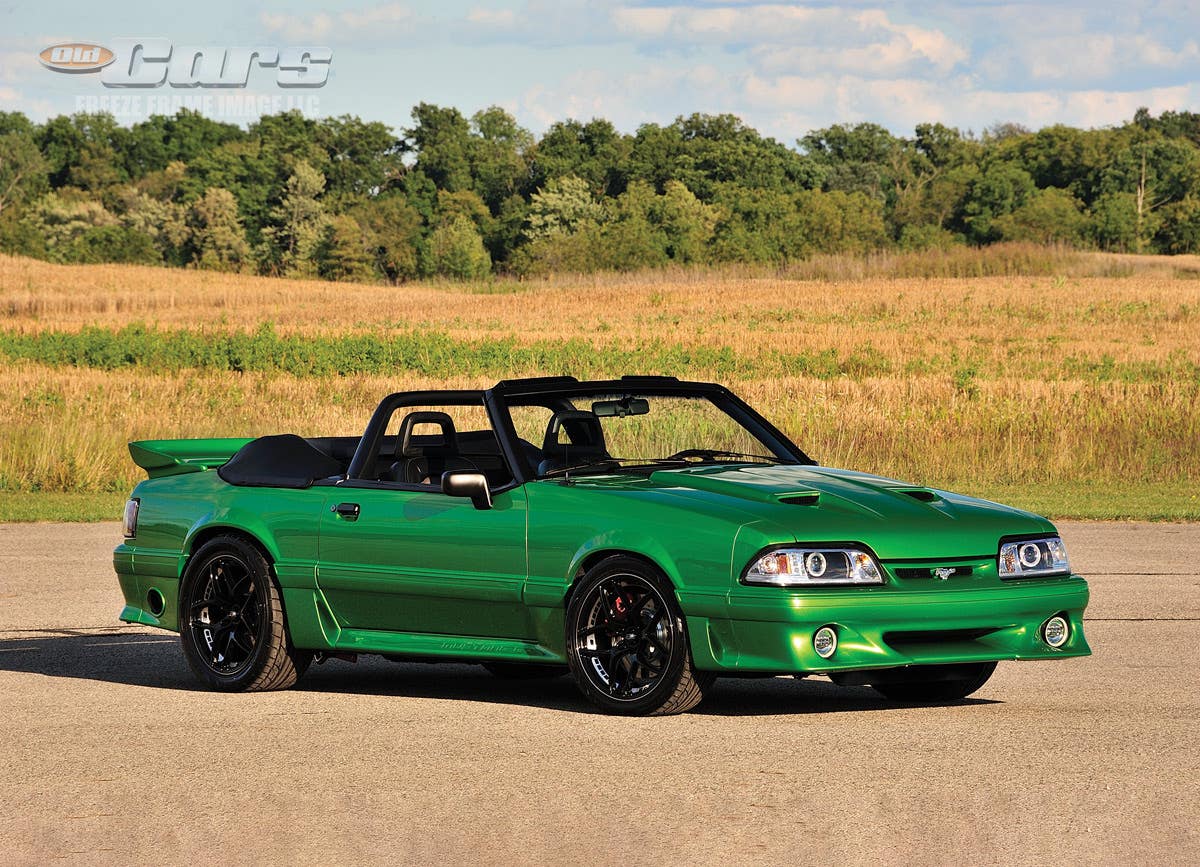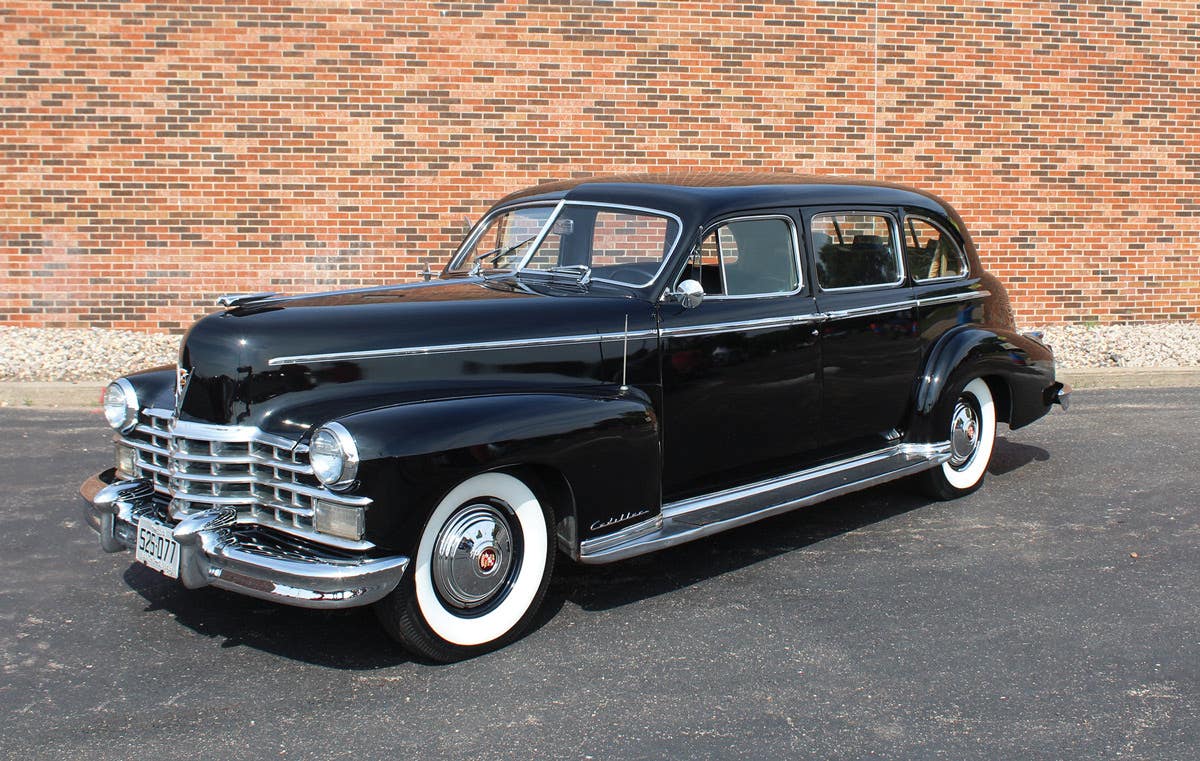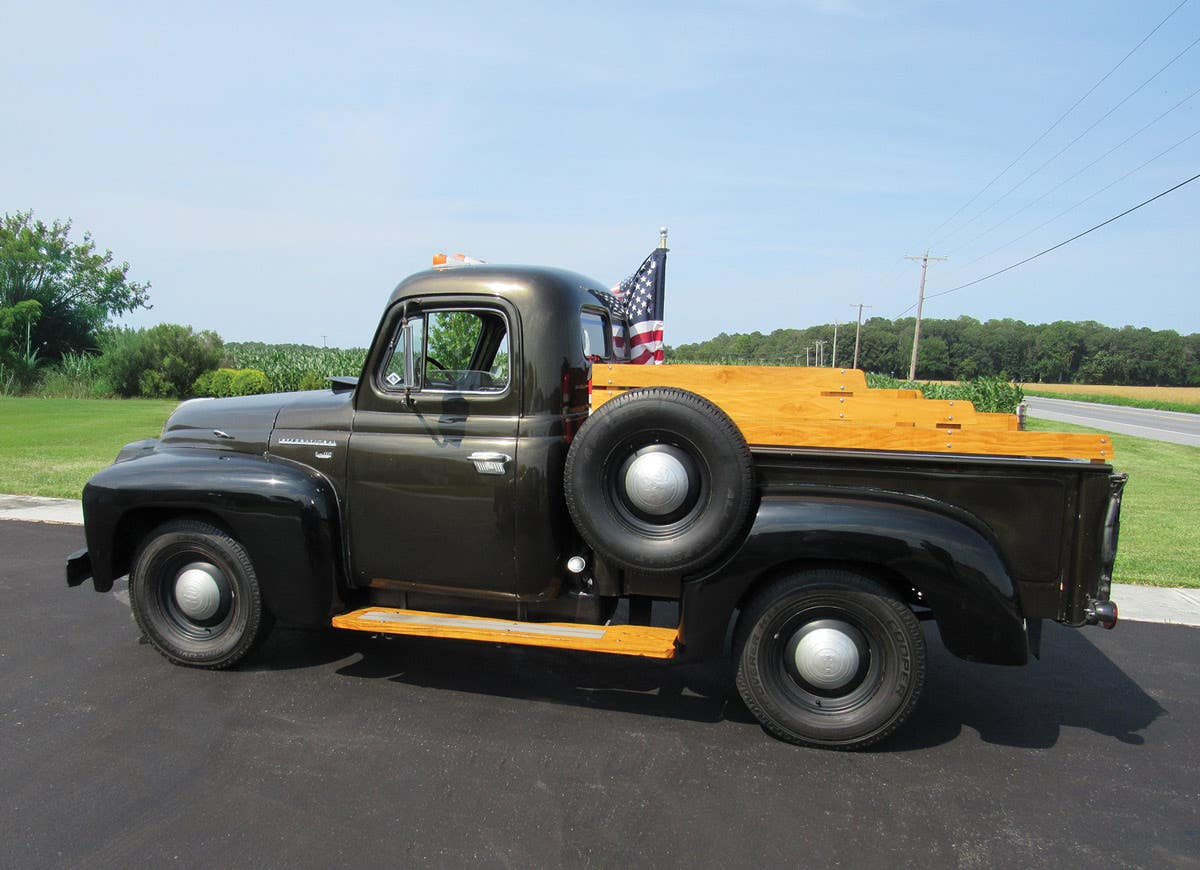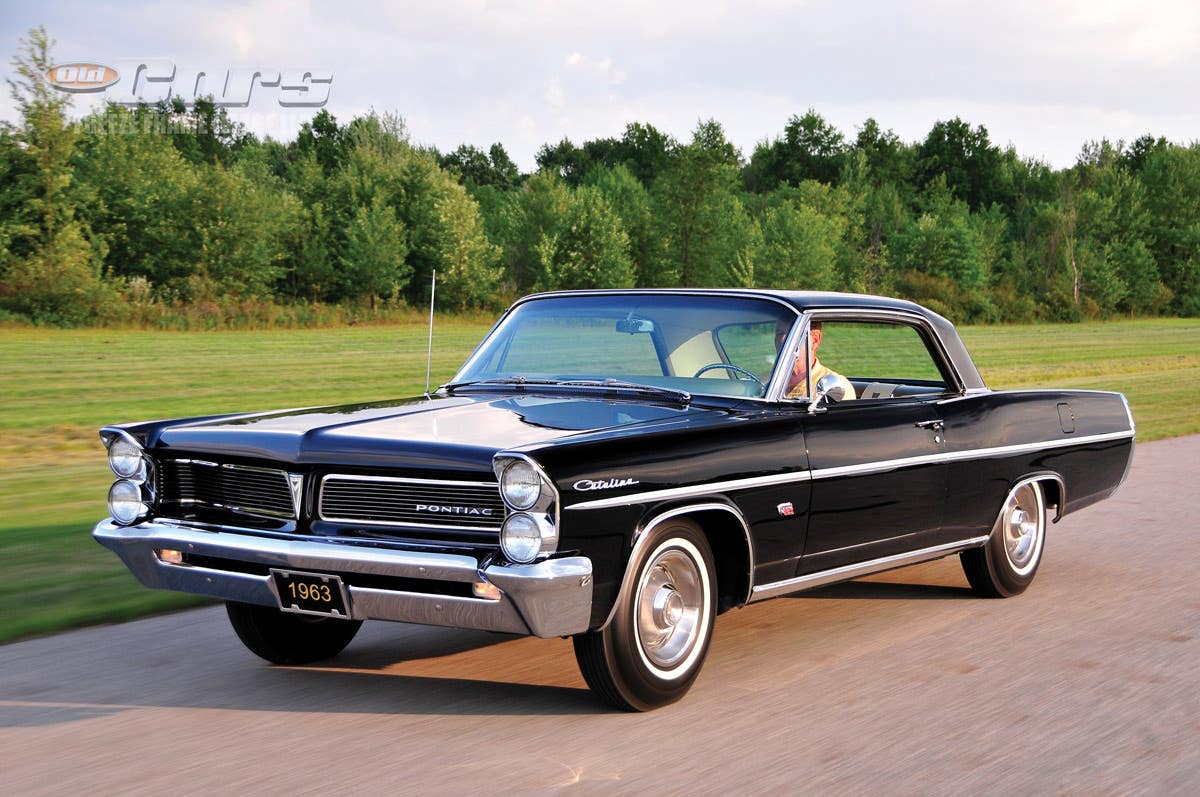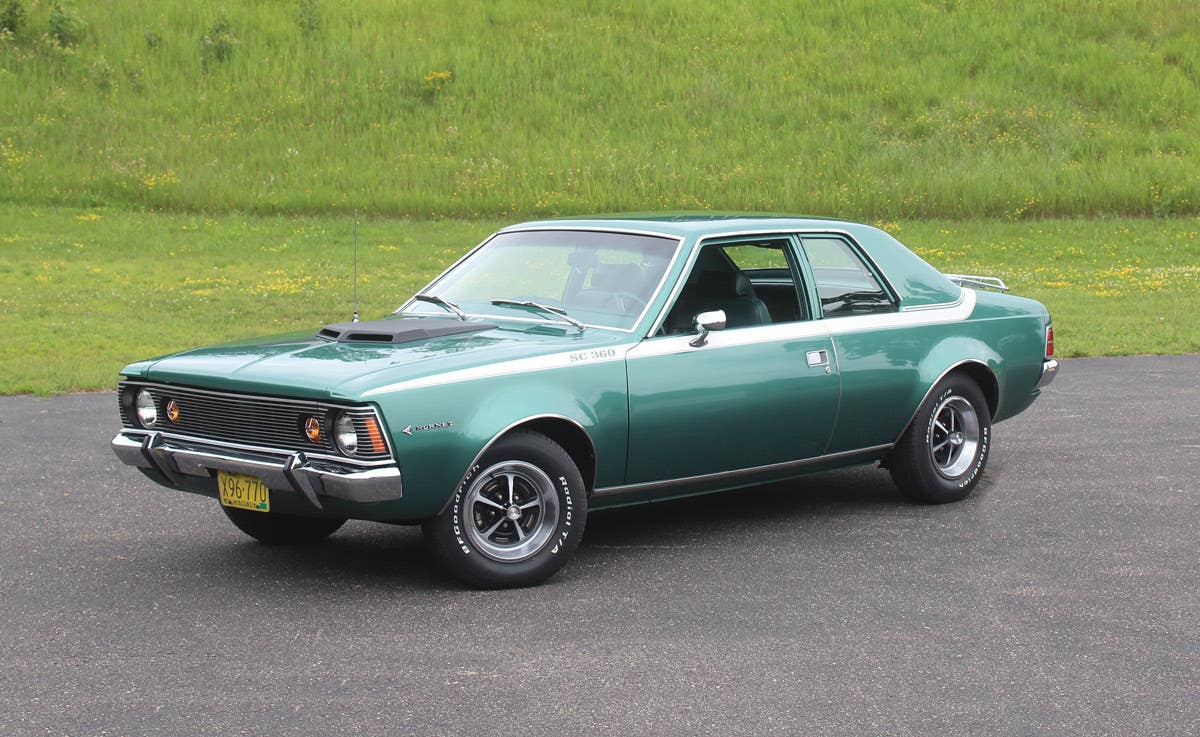Q&A with Kit Foster: May 15, 2014
Q. Back in the very early ’60s my dad and I campaigned a 1954 [Jaguar] with a Cadillac engine with the Midwestern Council of Sports Car Clubs. The swap is…
Q. Back in the very early ’60s my dad and I campaigned a 1954 [Jaguar] with a Cadillac engine with the Midwestern Council of Sports Car Clubs. The swap is another story but this question involves Fish carburetors. The original set-up we ran had dual quads, but suffered from fuel starvation in the turns on the sports car tracks we had access to: Meadowdale, Wilmot, Milwaukee fairgrounds infield — short, tight turns, except for Meadowdale. In those days I was more interested in driving, so I did not pay close attention to the conversion to Fish carbs. I know my dad had some correspondence with Fireball Roberts, but the result was not positive. We modified float levels on the dual quads, and tried other fixes that helped, and went back to them. Now I am curious about Fish carbs and their history. Inputs from you and readers will be appreciated.
— Roy Roeser, via e-mail
A. Ah, the legendary Fish carburetor. I remember reading about it back in the 1950s, when as a young person I was a sponge for all sorts of automotive esoterica. There was a conspiracy theory surrounding this device that claimed the oil companies bought up the patent rights because the carburetor delivered incredible fuel economy — I remember 100 mpg being mentioned. I have no personal experience, but the history of the Fish carb can be found in others’ memories and in dusty corners of the internet.
John Robert “Bob” Fish has been credited with inventing the iron lung and with various other fluid-pressure devices. The Fish carburetor, which had its origins in the 1930s, had just 17 component pieces, only three of which were moving parts. One description says it used “high fuel metering differential pressure to produce perfect distribution,” making it “unaffected by the sway of the road, stopping and starting, hard turns and bumpy highways.” Reportedly, it could be used on any vehicle, gave excellent mileage (in the high 30s, not 100) and required virtually no maintenance. By Fish’s own account, he approached the major automakers and was rebuffed. There were all sorts of trials and tribulations in funding a business start-up and many dashed hopes, but eventually a niche market in the automotive aftermarket and marine trade developed. Fish was active in NASCAR racing during the 1950s, and Fireball Roberts and Tommy Thompson both drove for him. Others working in Fish’s factory in Daytona Beach, Fla., included Ray Fox, top NASCAR mechanic in 1956; Red “Pappy” Vogt, chief mechanic who worked at the Indianapolis Motor Speedway and was in charge of the famed Kiekhaefer stable of Chrysler 300s; “Doc” Davis, a graduate engineer from Georgia Tech; and Bob Fish, Jr.
Some users of Fish carburetors have reported that the economy and performance claims of the device were mutually exclusive, that you couldn’t have both at the same time. In the long run, of course, fuel injection has made carburetors all but obsolete. That’s just a snapshot from quick research. What are the experiences of our readers?
-------------------------------------------------------------
Q. I have come across a pair of left and right side lights. I hope you can help me identify them and maybe their worth. The story is they were on a taxi cab in San Francisco years ago. Two sides have beveled glass, and the other two are like a headlight reflector. The front and back are 2-3/4 x 2-1/4 inches and the sides are 2-1/4 x 2-1/4. The base seems to be brass. The socket size is 3/4-inch and the arms are hollow. I am sure they were electric. I can’t find a name on them. Any thoughts?
— Dan Smith, South Berwick, Maine
A. My first thought was that they’re from a 1920s town car, but your taxi clue bore fruit. After some searching around I found a photo of a Checker Model H (1922-23) with just those lights. For value, you might check with members of the Checker Car Club of America (www.checkertaxistand.com). Kudos to you for including the ruler in your photo. Isolated parts without dimensions can be very misleading. Since these lights are just 6 inches top to bottom, they appear quite small in photos showing an entire vehicle, and might very well be missed when scanning through many images.
To submit questions to this column: E-mail angelo.vanbogart@fwmedia.com or mail to: Q&A, c/o Angelo Van Bogart, 700 E. State St., Iola, WI 54990-0001.
Got Old Cars?
If you don't subscribe to Old Cars Weekly magazine, you're missing out on the only weekly magazine in the car hobby. And we'll deliver 50 issues a year right to your mailbox every week for less than the price of a oil change! Click here to see what you're missing with Old Cars Weekly!
More Resources for Car Collectors:
- Classic car price guides, research, books, back issues of Old Cars Weekly & more
- Get expert restoration advice for your classic car
- Get car pricing, data and history all in one place
- Sign up for Old Cars Weekly's FREE email newsletter
- Need to buy or sell your classic car? Looking for parts or memorabilia? Search our huge online classified marketplace



